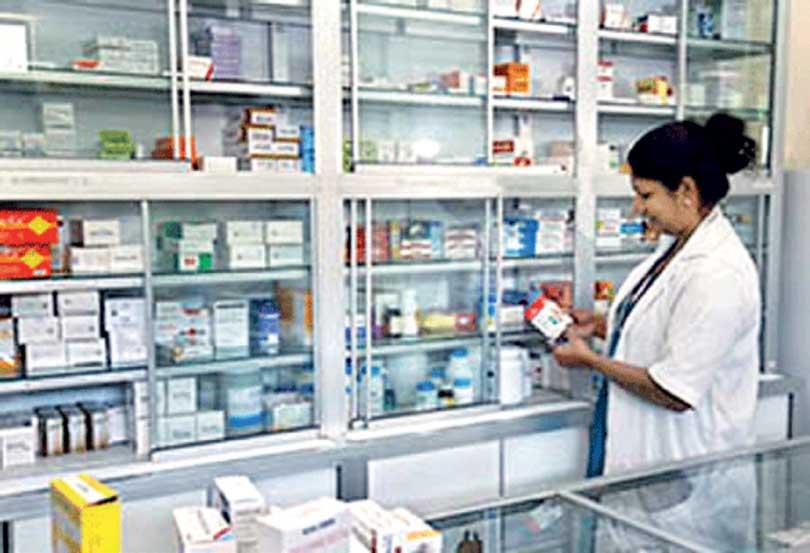18 May 2019 - {{hitsCtrl.values.hits}}

The government presently controls the prices of 73 drugs, with more pharmaceutical molecules set to come under price ceilings in the near future
The Sri Lanka Chamber of Pharmaceutical Industry has welcomed the move by the government, in consultation with the National Medicines Regulatory Authority (NMRA), to gazette a 14.4 percent increase in the Maximum Retail Price (MRP) of 60 price-controlled pharmaceutical drug molecules.
The price hike allows the SLCPI to offer pharmacies island wide, a minimum retailer mark-up of 15 percent on price-controlled molecules and 17 percent on non-controlled molecules.
This move is expected to alleviate some of the financial pressure confronting retailers and allow them to better fulfil their vital role of providing consumers with high-quality pharmaceutical products. The increase in retailer mark-up will be effective for one year from the date of the gazette’s publication and will be subject to a list of trade conditions.
SLCPI President Shyam Sathasivam said the increase in MRP of all price-controlled molecules will provide all our stakeholders with a measure of relief from the escalating cost burden created by extreme rupee devaluation.
“While we appreciate this positive development, it must be noted that it is of absolute importance that the government continues to work with us to negotiate an objectively prescribed pricing mechanism for medicines, medical devices and borderline products.”
Previously, the SLCPI was unable to alter retailer mark-up due to its manufacturers, importers and distributers being hamstrung by spiralling storage, transportation and regulatory costs which tighten pharmaceutical price margins. Nevertheless, even with the MRP increase, these factors continue to coalesce with the existing hurdle of rupee depreciation to threaten the sustainability of the industry’s entire supply chain.
Since the last revision of controlled prices, the Lankan rupee has depreciated by 18-19 percent against the US dollar. This alarming trend has forced the SLCPI to appeal for a currency depreciation-linked price control formula given that over 85 percent of all pharmaceuticals available locally are imported. Without the necessary price relief, continued dollar depreciation could lead to the withdrawal of more high-quality products.
The government presently controls the prices of 73 drugs, with more pharmaceutical molecules set to come under price ceilings in the near future. Currently, losses across the industry in FY20 alone are projected to reach Rs. 6 billion.
For pharmaceutical importers performing the vital function of maintaining medicinal availability and affordability at all price points, this has yielded a significant disruption of supply due to these losses being absorbed by the industry.
The SLCPI currently serves as the representative of over 60 members who account for more than 80 percent of the private pharmaceutical industry, spanning manufacturers, importers, distributors and retailers. These stakeholders supply Sri Lankan patients with 800 molecules from 364 manufacturers from across the world.
15 Nov 2024 53 minute ago
15 Nov 2024 55 minute ago
15 Nov 2024 1 hours ago
15 Nov 2024 2 hours ago
15 Nov 2024 2 hours ago